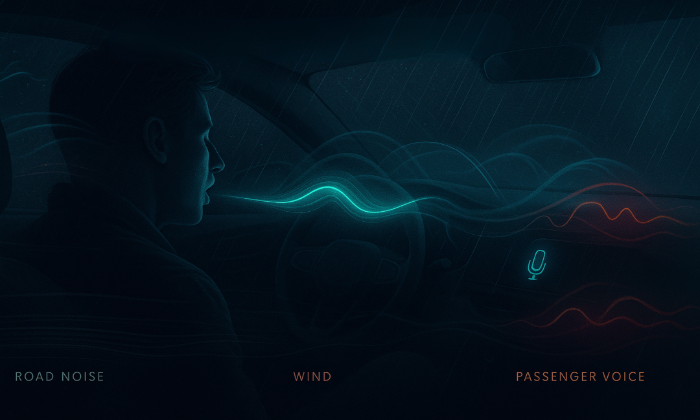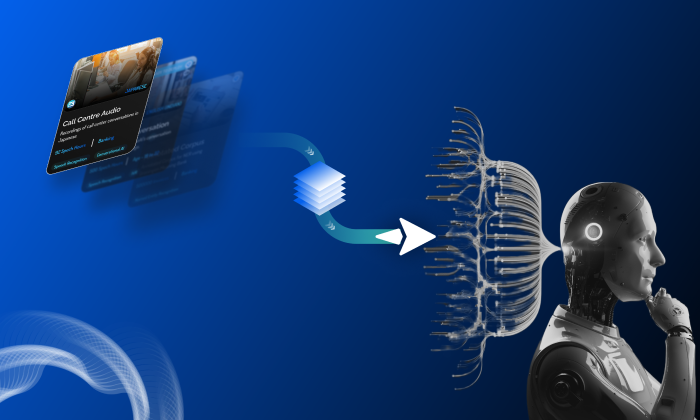Can I use synthetic or generated voices in a voice cloning dataset?
TTS
Data Collection
Voice Cloning
Synthetic voices, created using text-to-speech (TTS) systems, convert written text into spoken language. These voices are generated through advanced algorithms that attempt to mimic human speech patterns. Despite their realistic sound, they differ significantly from recordings of real human voices, which capture the intricate nuances and emotional depth that synthetic voices often lack.
Why Synthetic Voices Matter in Voice Cloning
Augmenting Data with Synthetic Voices
- Provide Additional Training Data: Synthetic voices can be invaluable when real voice data is scarce. They help provide extra training data, especially for specific accents or controlled environments.
- Ensures Diverse Representation: This capability allows AI teams to fill gaps in datasets, ensuring diverse representation without introducing the variability found in human recordings.
Balancing Quality and Authenticity
The Role of Authentic Data
- Quality in Datasets: Quality in voice cloning datasets is crucial. Real human voices naturally include emotional inflections and unpredictable variations, enhancing model performance.
- Risks of Over-Reliance: While synthetic voices can supplement datasets, over-reliance on them may compromise the authenticity and richness required for effective voice cloning, particularly in user-centric applications like virtual assistants or gaming.
User Experience Considerations
- Authenticity is Key: Authenticity is paramount for user engagement.
- Risks of Less Natural Experience: A dataset overly reliant on synthetic voices risks delivering a less natural user experience, which can be detrimental in applications where the human-like quality of speech is essential.
Key Considerations for Integrating Synthetic Voices
Ensuring Data Diversity
- Accents, Age Ranges, and Emotional Tones: Achieving diversity in voice representation is crucial, encompassing accents, age ranges, and emotional tones.
- Synthetic vs. Real Voices: While synthetic voices can support this diversity, they should not overshadow real voices, as this may lead to a lack of authenticity in the final product.
Technical Specifications
- Consistency in Audio Quality: Ensure consistency in audio quality.
- Align Sample Rates and Bit Depths: Align sample rates and bit depths with industry standards (e.g., 48kHz, 24-bit).
- Maintain Dataset Integrity: Maintaining dataset integrity is crucial for voice cloning systems.
Avoiding Common Pitfalls
- Synthetic Voices as Supplement: Synthetic voices are a supplement, not a replacement for real human data.
- Legal and Ethical Compliance: Legal and ethical considerations, including licensing and consent, must be rigorously observed to ensure compliance with data protection regulations.
Insights from Industry Leaders
Adopting a Hybrid Approach
- Blending Real and Synthetic Voices: Successful teams often blend real and synthetic voices, creating comprehensive datasets that capture human speech's richness while leveraging synthetic data's scalability.
- Enhanced Model Performance: This balance enhances model robustness and performance across diverse applications.
Continuous Improvement
- Evaluation of Models: Regular evaluation of voice cloning models is essential.
- Refining Datasets: By testing model generalization across various applications and scenarios, teams can refine datasets, ensuring synthetic and real voices contribute effectively to performance.
Strategic Action Plan
For AI projects requiring a mix of real and synthetic voice data, FutureBeeAI offers customized speech datasets that enhance diversity and authenticity. By combining studio-grade human recordings with carefully integrated synthetic voices, we ensure high-quality, compliant data tailored to your specific needs.
FAQs
Q. Can synthetic voices alone suffice for voice cloning?
A. While possible, relying solely on synthetic voices may compromise authenticity and emotional depth. A balanced mix with real human data is recommended for optimal quality and user experience.
Q. What best practices should be followed for voice cloning datasets?
A. Ensure high audio quality, diverse speaker representation, and a balanced mix of synthetic and real voices. Regular evaluation and feedback-driven iteration are crucial for continuous improvement.
What Else Do People Ask?
Related AI Articles
Browse Matching Datasets
Acquiring high-quality AI datasets has never been easier!!!
Get in touch with our AI data expert now!








